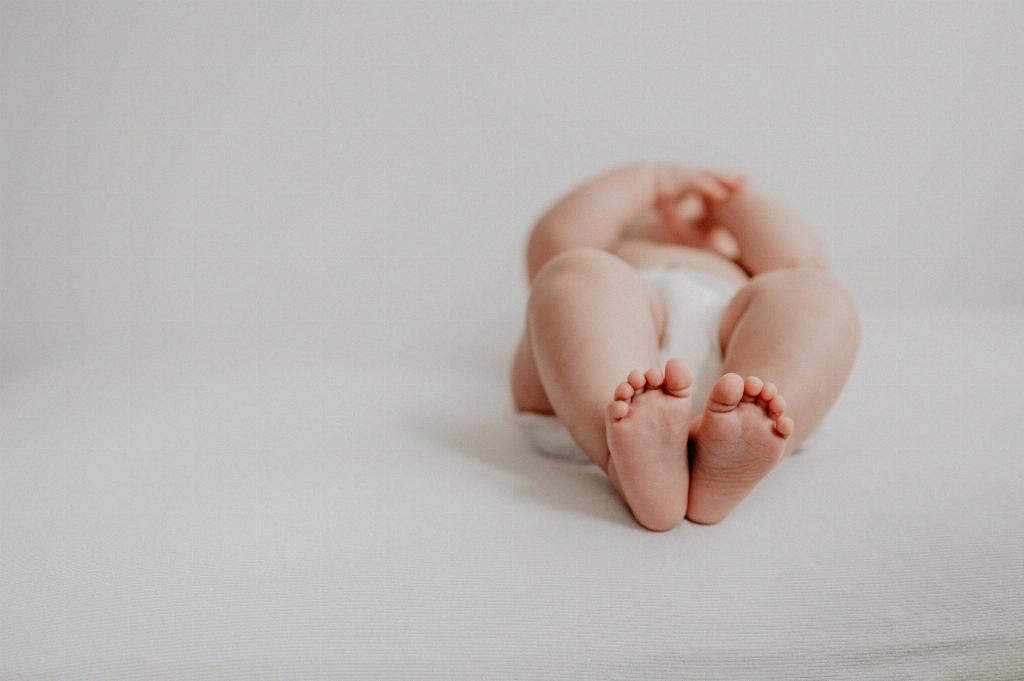Changing diapers is a critical aspect of caring for infants. It ensures their comfort, hygiene, and helps prevent diaper rashes. When it comes to changing a 2-month-old baby’s diaper, it’s essential to establish a routine based on their needs and age.
Importance of Regular Diaper Changes
At two months old, babies have specific diaper changing requirements. Their digestive system is still developing, making frequent diaper changes crucial. Both disposable and reusable diapers should be changed every 2-3 hours to maintain cleanliness and prevent skin irritation.
Frequent Diaper Changes for Newborns
Newborns, including 2-month-old infants, may require more frequent diaper changes compared to older babies. Before reaching the age of two months, newborns tend to pass stools more frequently, often after each feeding session.
Recommended Diaper Change Frequency
On average, a 2-month-old baby should go through around 6-7 diaper changes per day. This frequency accounts for the 2-3 hour interval recommended for changing diapers. However, each baby is unique, and some may require slightly more frequent changes based on their specific needs.
Factors Affecting Diaper Change Frequency
Several factors can influence how often a 2-month-old baby’s diaper needs to be changed. These factors include the baby’s feeding habits, digestion speed, and sensitivity to wetness. It’s essential to pay attention to your baby’s cues to determine when a diaper change is necessary.
Signs That a Diaper Change Is Needed
Parents should watch out for signals indicating that a diaper change is needed. Common signs include restlessness, crying, discomfort, and a soiled diaper. Timely diaper changes help prevent rashes and keep the baby feeling fresh and clean.
Preventing Diaper Rashes
Regular diaper changes are key to preventing diaper rashes in infants. Moisture and prolonged contact with urine or feces can lead to skin irritation and rashes. By changing diapers frequently, parents can maintain their baby’s skin health and comfort.
Choosing the Right Diaper
When deciding on the type of diaper to use for your 2-month-old baby, consider factors such as absorbency, comfort, and breathability. Both disposable and cloth diapers have their advantages, so choose the option that best suits your baby’s needs and your lifestyle.
Creating a Diaper Changing Routine
Establishing a consistent diaper changing routine can help streamline the process and ensure that your baby stays clean and dry throughout the day. Incorporate diaper changes into regular feeding and sleeping schedules to maintain a sense of predictability for your baby.
Monitoring Diaper Output
Monitoring your baby’s diaper output is essential to gauge their hydration levels and overall health. Changes in urine or stool frequency, color, or consistency can indicate potential health issues that require attention from a healthcare provider.
Seeking Professional Advice
If you have concerns about your baby’s diaper changing frequency or notice any unusual symptoms, don’t hesitate to consult with your pediatrician. They can provide guidance on proper diapering practices and address any specific issues related to your baby’s health and well-being.
Conclusion
In conclusion, regular diaper changes are vital for maintaining your 2-month-old baby’s hygiene and comfort. By following recommended guidelines and paying attention to your baby’s signals, you can ensure that they stay clean, dry, and free from diaper rashes. Remember that each baby is different, so adjusting the diaper changing frequency based on your baby’s individual needs is crucial for their health and well-being.

